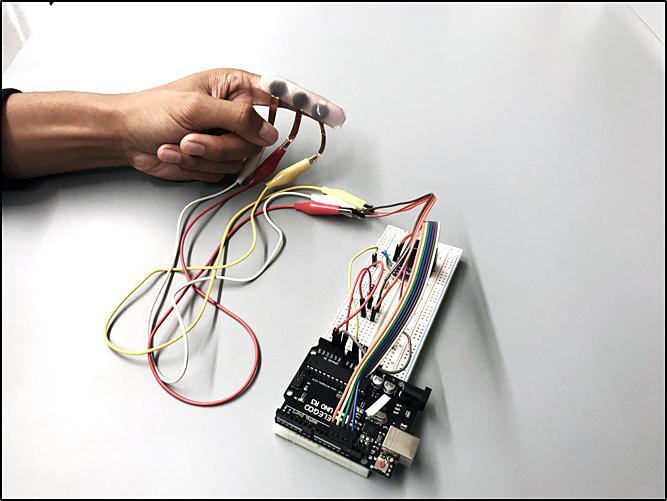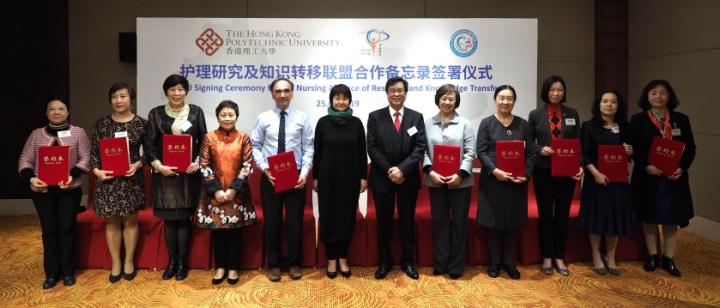Gene behind long-recognized mitochondrial disease has highly varied effects
Philadelphia, March 12, 2019–For more than two decades, mutations in a gene located in the DNA of mitochondria have been classified as a mitochondrial disease and linked to a particular set of symptoms. However, according to new findings from researchers at Children’s Hospital of Philadelphia (CHOP), mutations in this gene, which encodes an essential part…
Details









